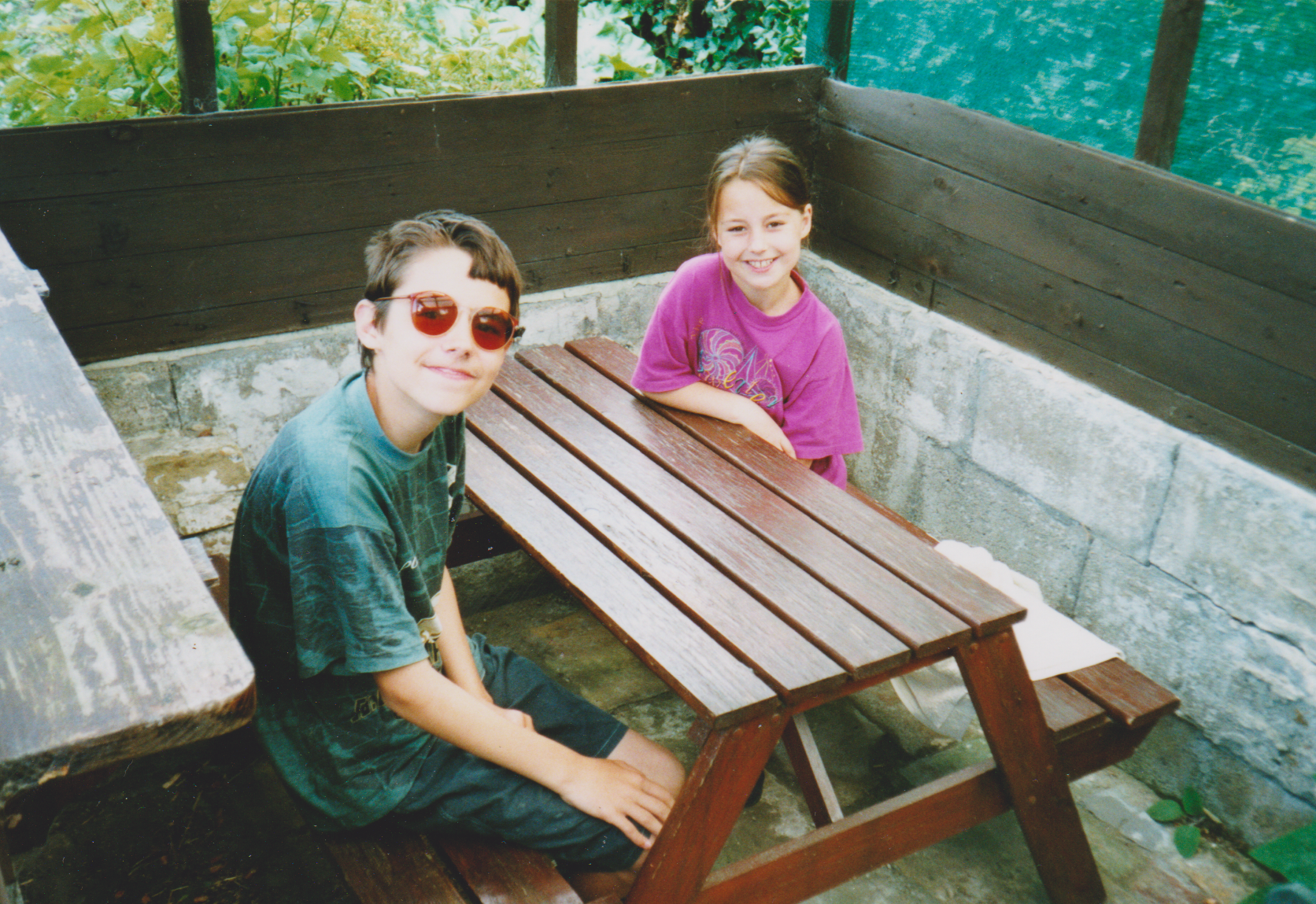Avoidance of eye contact is quite common in autism. One of the theories to account for this is that people with autism use peripheral vision because their central vision is hypo- while their peripheral vision is hyper-.
Some autistic individuals argue that often they do not use their direct/central perception because ‘it hurts’, i.e. it is hyper-. They describe their experiences of eye contact as painful and/or stressful. For example, Jean-Paul Bovee says that he always has trouble with eye contact as all of the stress that is put on doing it makes him more nervous, tense, and scared. (When introduced to somebody he might ask, ‘Do you want eye contact or conversation?’) Others say that looking directly at people or even animals is too overwhelming. (However, some of the problems autistic people have with making eye contact may be nothing more than intolerance for the movement of the other person’s eyes.)
It turns out that avoidance of direct perception is not restricted only to vision but also includes other sensory systems: auditory, tactile, etc. Perceiving sounds, visual stimuli, etc. directly and consciously may often result in fragmentation (https://integratedtreatmentservices.co.uk/blog/fragmented-world-autism-perception-bits/ ): the person can interpret the part but lose the whole, and incoming information is interpreted piece by piece.
Direct perception in autism is often hyper. It can cause sensory overload resulting in switching to mono: they actually ‘hear better’ (i.e. understand what’s being said) when they are not looking at the person. They often use their peripheral vision and seem to see what is going on without directly looking at it. The same is true for other senses if they are hypersensitive: indirect perception of smell or ‘instrumental touch’ are often defensive mechanisms to avoid overload.
Some autistic people seem to be hypersensitive when they are approached directly by other people. For some, if they are looked at directly (even if they do not ‘return the gaze’), they may feel it on the body – sort of ‘distance touching’ with actual tactile experience that can be painful. For instance, my son cannot tolerate it when someone is looking at him directly and makes them turn away (‘Don’t look!’ ‘Turn away!’). He even complains if our cat is looking at him.
Avoidance of direct perception for autistic people is another involuntary adaptation that helps them survive in a sensory distorted world by avoiding (or decreasing) information overload.
Autistic children often seem to look past things and are completely ‘absent’ from the scene. It is their attempt to avoid experiencing a visual/auditory stimulus directly. This strategy gives them the ability to take in sensory information with meaning. They can often understand things better by attending to them indirectly, for example, by looking or listening peripherally (such as out of the corner of one’s eye or by looking at or listening to something else). Donna Williams (1998) calls it a kind of indirectly confrontational approach in contrast to the ‘normal’ directly confrontational one.
What can we do to help our children?:
- Never force eye contact.
- Use an indirectly confrontational approach, especially involving hypersensitive modalities.
- Do not approach the person directly in his hypersensitive modalities.
When hypersensitivity of the affected sensory channel is addressed and lessened, direct perception becomes easier. For example, an autistic boy whose visual hypersensitivity was intolerable and often painful was prescribed Irlen tinted glasses. After having worn them for a few months his eye contact improved from none to several seconds, and his ‘visual behaviour’ (using his eyes to look instead of using other senses to compensate for painful, and therefore often useless visual perception) became apparently better.
References
Williams, D. (1998) Autism and Sensing. London: Jessica Kingsley Publishers.
Written by Olga Bogdashina, on behalf of Integrated Treatment Services










